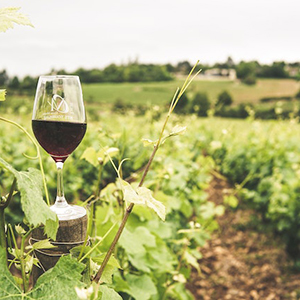Analysis of the main physical and chemical characteristics of the vine shoots of three vine varieties from Veneto (Italy)

All claims expressed in this article are solely those of the authors and do not necessarily represent those of their affiliated organizations, or those of the publisher, the editors and the reviewers. Any product that may be evaluated in this article or claim that may be made by its manufacturer is not guaranteed or endorsed by the publisher.
Authors
In Italy, the agricultural residues resulting from the pruning of vineyards represent a potential energy Source, in particular for the Veneto region, which is the second Italian region by vineyard area. This study is aimed at analysing the main physical and chemical characteristics of vine shoots from the annual pruning of vineyards. This for use them as wood chips in small-medium size power plants. International and European standards for the analysis of biofuels were used to determine the moisture content, heating value, ash content, micro and macro elemental and fibrous fraction (lignin, cellulose, hemicellulose and extractives). The samples were collected from three different vineyards in the Vicenza area. The varieties analysed were Chardonnay, Glera, and Merlot. For each variety, the three different components of vine shoots were compared: internode, node, and pith, to investigate in which part of the vine shoot the most significant accumulation of metallic elements deriving from plant protection products occurs. The results show significant differences among the energy parameters of the three varieties and three vine shoot components. In particular, the pith shows low heating value and high ash content, while higher energy values characterise the woody components. Analysis of the chemical elements showed a high content of Cu and Zn in the wood components, node, and internode, causing the high ash content found. In particular, Cu content exceeds the limits set by the reference standard. As regards the analysis of the fibrous fraction, a high content of extractives was found in the pith. These extractives could explain why the pith of the three varieties analysed, especially in Chardonnay, have lower heating value on dry basis (LHV0) values and high ash contents. On the contrary, the node and internode components have a higher cellulose, hemicellulose, and lignin content. Overall, the vine shoots analysed have characteristics suitable for possible energy use. However, according to EN ISO 17225-9:2021 standard, these can only be used as wood chips for industrial purposes in large power plants due to the high ash and Cu content.
How to Cite

This work is licensed under a Creative Commons Attribution-NonCommercial 4.0 International License.














